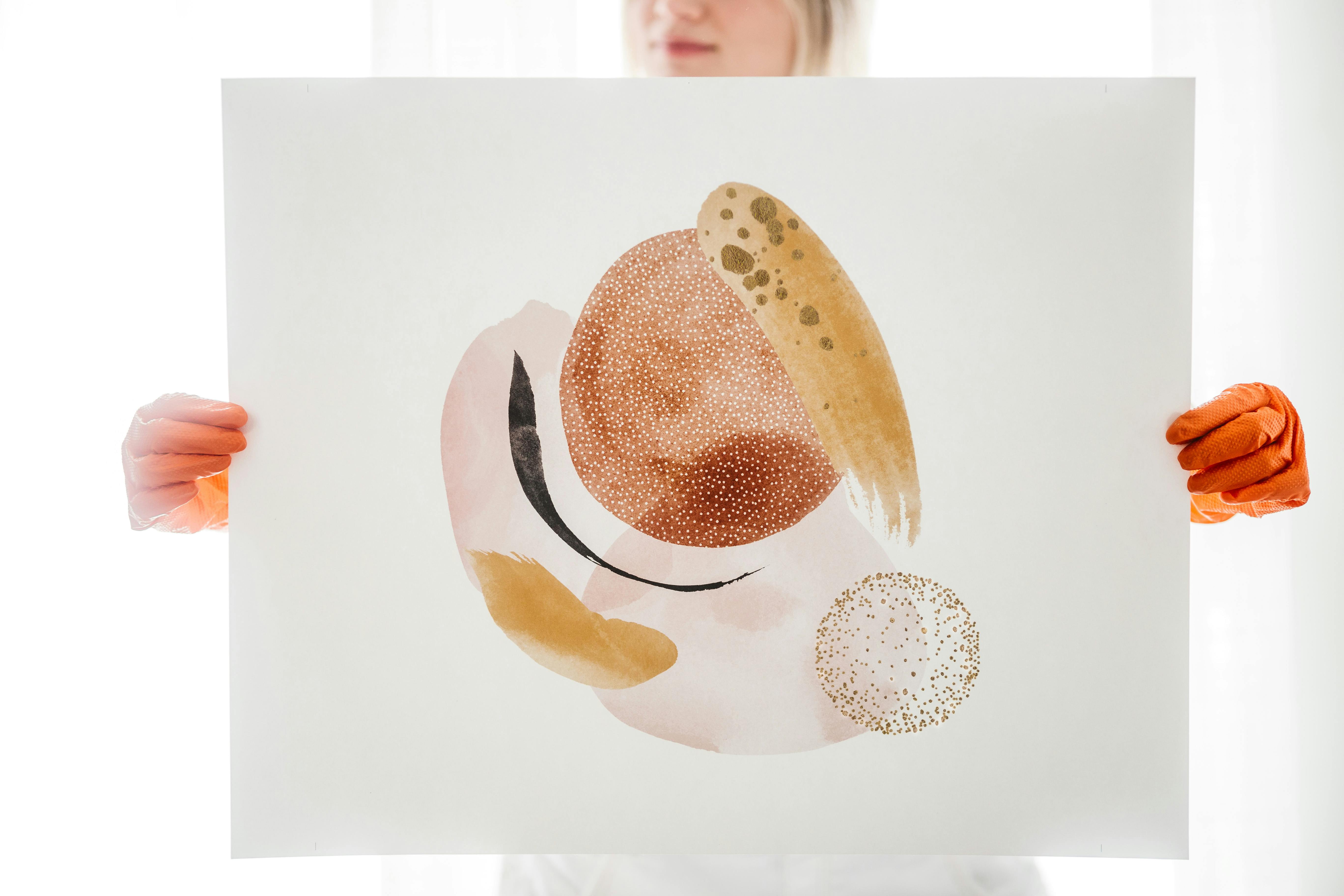Craft Beer Brewing Options and Thoughts
If you like craft beer, there are probably many reasons why you rationalize spending a little more on a quality brewed beverage. Obviously, there are many ways to define that special quality in a beer. For some, the nomenclature “craftsmanship” is sufficient. Here are some facts to put the “craft” in context.
The general definition of a ‘craft beer’, as stated by the Brewers Association is: “An American craft brewer comes from a small, independent brewer.” Small is defined as having an annual production of 6 million barrels of beer or less (about 3 percent of annual sales in the United States). Independent is a brewing operation that is less than 25 percent owned or controlled (or an equivalent economic interest) by a member of the alcoholic beverage industry who is not itself a craft brewer.
The TTB (Tax and Commerce Bureau, TTB.gov) is responsible for regulating the craft beer industry. Anyone can visit the ttb.gov website and get more information than even the informed consumer would like.
A generic definition of a craft production operation can be summarized as:
- Innovative approaches to historical styles are employed with new ingredients and evolving techniques.
- Distinctive flavors, aromas and character of new ingredients such as yeast, hops and cereals.
- Small independent brewers that are immersed in and with a region or community.
- Brewers with individual approaches to defined customers and markets / regions.
- Craft brewers have a market identity as an independent property, they develop unique product styles and have a creative brand identity.
- Most Americans live within 10 miles of a craft brewery, so by definition they are local.
The craft beer industry can be segmented into: Microbreweries, Brewpubs, Taproom Brewery, Regional Breweries, Contract Brewing, and Alternate Properties.
Microbrewery: 1,952 Total in 2019
It produces fewer than 15,000 barrels of beer per year and sells 75 percent or more of its beer off-site. Off-site is defined as retail stores, take-out locations, or on-site taverns / restaurants. Individual states regulate the distribution of craft beer through state laws. For example, some states allow brewers to self-distribute, while others require a system known as Three-Tier Distribution only. (Average consumers call this a monopoly.)
Brewpub: 2,929 Total in 2019
A restaurant and brewery, located in one location, that sells 25 percent or more of its beer on-site and operates major food services. The brewed beer is sold in the restaurant and bar. Here again, state and local laws regulate Brewpubs and their ability to sell takeout and distribute to outside accounts.
Taproom Brewery: 3,073 Total in 2019
A professional brewery that sells 25 percent or more of its beer on-site and does not operate major foodservice.
Regional brewery: 238 Total in 2019
A brewery with an annual beer production of between 15,000 and 6,000,000 barrels.
Contracted Beer Company:
A business that hires another brewery to produce its beer. It can also be a brewery that contracts with another brewery to produce additional private label beer. The contract brewing company handles the marketing, sales and distribution of your beer, while generally leaving the brewing and packaging to your producer-brewery (sometimes also referred to as a contract brewery) .
Alternate owner:
Recognized by TTB with specific regulations. “A licensed tenant brewery that physically takes possession of a shared brewery while brewing beer. Unlike contract brewers, alternate owners are the registered brewery for all duties of a licensed brewery, including record keeping, Tax payments and label or formula approval, “Brewers Association / TTB.
All categories defined by the Brewers Association in the US number 8,500 breweries in 2019. Distribution by state generally follows population patterns. The annual increase, 2019 versus 2018, represented a change of + 8.9%.
2020 could be an extremely difficult year to assess the craft beer sector. In the space of 1 year 2018 versus 2019, the openings in the Microbrewery category alone went from 700 openings to 100. The closings versus openings went from 15% in 2017 to 80% in 2019. Basically, in 2019 the closings almost equaled the openings. In 2020, there is likely to be a negative growth rate, especially in the Brewpub category (brewing and food).
There is no shortage of opinions on what the craft beer market will look like after Covid19, so I’m not afraid to join the crowd of self-proclaimed experts. If a person is engaged in the beer industry and involved with the science and art of brewing, 2020 and 2021 could offer opportunities to resume turnkey operations. However, keep in mind that the keyword in all deals is fair and honest. I know this because I lost a business during a recession.
What’s the best way to plan / position to increase craft beer sales? In a July 2 blog, I recently read (How Wine Can Stop Your Return to an Era of Snoot) where Dorothy Gaiter advised the wine industry to rebuke the image of wine as a snooty drink. One of the premises was that excluding wine as something for educated and privileged people meant that they were being sold to a declining demographic. Precisely she commented: “A diverse demographic included in the wine industry can only bring great benefits. In my opinion, each industry that has embraced these ideals has grown exponentially and opened markets that were previously untouchable.”
Leggings comments can also be extrapolated to fit the craft beer industry; From grain to bottled beer is as complicated as making wine. The problem with craft beer, as an industry, is to present a message that craft beer is worth the price and respect because of its quality, choice of styles, attractive packaging, complex new and innovative flavors and aromas, and mouthfeel. Brewers must engage, invite and care about the consumer. An average bottle of wine costs about $ 12-14 per 22 oz bottle; that’s not a bargain compared to craft beer. Please remember, craftsmen, not everyone likes hops. Some people like a good malt finish with a toasty aroma.
Beer is not always a small product. Boston Beer Company CEO Jim Koch marketed a beer that was in the celebratory drink category that Jim claims rivals champagne. The most expensive premium beer produced in America was from Boston Beer Company and is 27% ABV in a 700ml bottle and retails for $ 275.
As a beverage, beer has universal market appeal that is evolving rather than changing. For example, there are more style and flavor options, today’s offerings are innovative, more women consume beer, it’s a convenient / portable product, branding opportunities are diverse, and beer is affordable.
Let’s talk about beer. Enjoy to your heart’s content,
Health!



Recent Comments